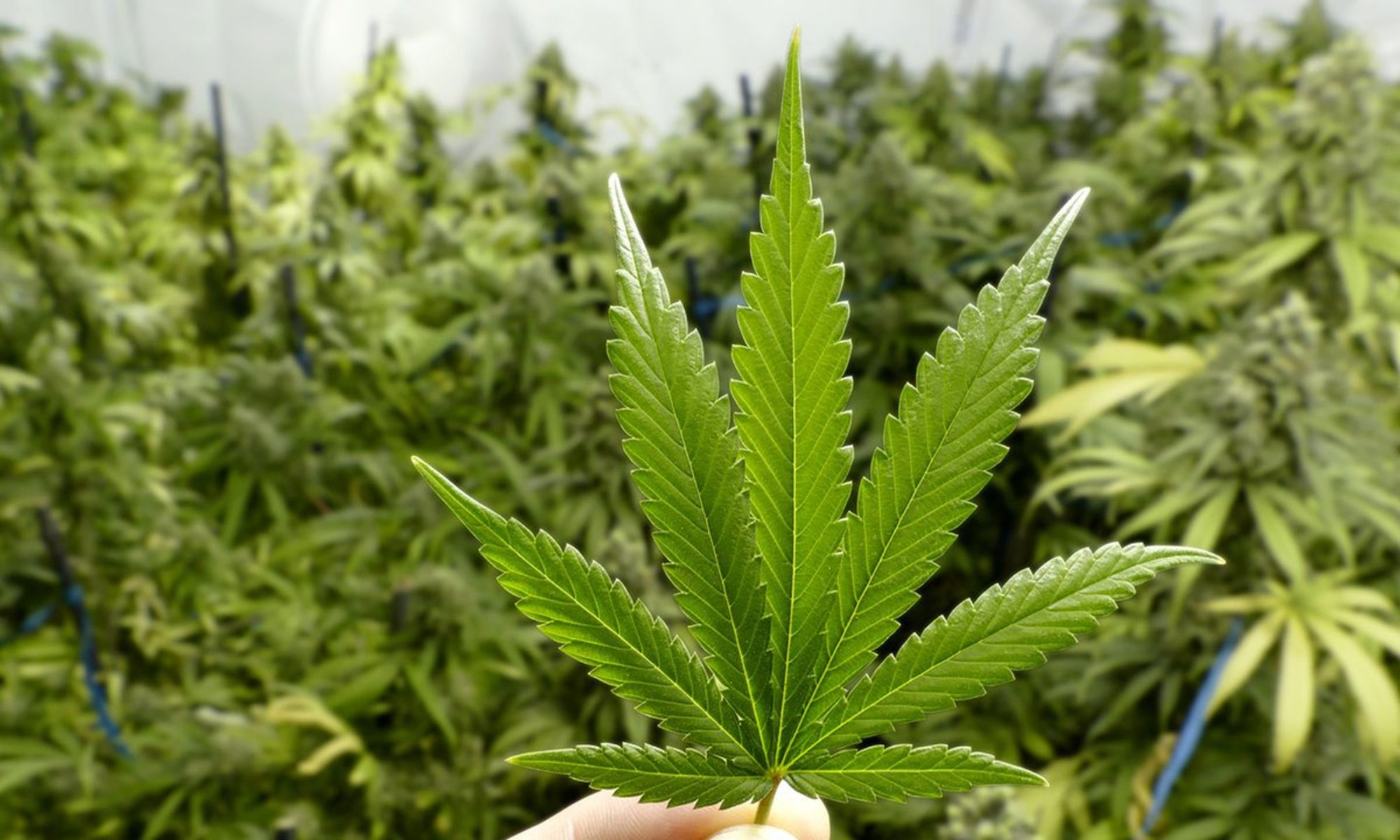
Before feminized seeds took over, breeders used regular cannabis seeds. When growing a plant from a natural seed, the plant has a 50% chance of being male or female.
However, growing regular plants requires identifying and removing male plants to avoid pollination. This process is known as sexing. This requires more observation and expertise, but it preserves the genetic stability for breeding purposes.
Breeding
Regular cannabis seeds preserve the genetic stability of a strain, which is vital for breeding purposes. This allows breeders to cross plants with different traits to create new and exciting varieties. They also offer the potential for phenotype variation, which is different expressions of a particular genetic strain that produce unique terpenes, aromas, and effects.
Breeding requires the use of male marijuana plants to fertilise female plants and generate cannabis seeds. To prevent hermaphroditism, growers must carefully observe their crop and remove male plants promptly. This is especially important during the pre-flowering stage when male plants often appear.
A predominantly female cannabis plant makes it easier for growers to manage their crop and avoid unwanted pollination. However, it does not provide the same level of genetic diversity as feminized seeds. This can limit the number of strains suitable for specific growing conditions. However, there are several ways to produce feminized marijuana seeds. These involve injecting the plants with hormones that transform them into females.
Cloning
Clones are an ideal way for growers to quickly incorporate a desirable phenotype into their production. They can be derived from internally pheno-hunted mother plants or bought from a nursery. In either case, it saves growers the time and space required to pheno-hunt on a large scale.
Cloning also shortens the vegetation period. Because clones are the same age as their mothers when they’re cut, they can be placed into a flowering room immediately, cutting weeks off of their flower-to-harvest timeline.
But there are a few drawbacks to using clones. Because they’re exact duplicates of their mother, all of your clones will need the same light, feed, and pH levels. They’re also more likely to suffer from nutrient burn than seedlings, especially as they mature into adulthood. And lastly, clones don’t develop a full network of roots like seeds do, meaning that they’re less capable of absorbing nutrients from the soil. Luckily, this can be easily rectified by adding some rooting hormones to your water.
Pollination
Before feminized and autoflowering varieties took the spotlight, regular seeds were the only ones around. These unmodified seeds produce male and female plants at an equal rate. Cultivation tends to be a bit easier too. The reason for this is that regular seeds don’t require a change of season or light cycles to enter the flowering phase.
Regular seeds are also the best choice for breeding marijuana plants. The process isn’t that complicated, even for beginner growers who don’t have access to professional equipment. A male plant is needed to spread pollen on the female plants, and once the seeds are fertilised they turn into a new generation of regular seedlings with the desired genetic characteristics.
In the world of cannabis, hybrids are some of the most sought-after cultivars for their potency and flavour profiles. To create them, you need to cross your favourite specimens with their offspring. This is what breeding is all about.
Germination
Unlike feminized seeds that produce only female plants, regular seeds can produce both male and female cannabis plants. Male plants don’t produce buds and can pollinate your female plants, cutting your harvest by 80-90%. This can be a hassle for many growers, especially beginners.
To germinate your seeds, soak two or three plant seeds in water at room temperature for a few days. Change the water every day, and keep the seeds in a dark location away from direct sunlight. After a few days, you should see the seeds sprouting.
Some growers use germination stations, which include a tray of soil that’s been heated with a heat pad under a clear plastic cover to keep the seeds warm and moist. A more hi-tech option is to use soil plugs, which contain ingredients such as mycorrhizae that can help the seedlings thrive. It’s also recommended to use a soil that contains high-quality nutrients, such as Coast of Maine Stonington Blend Grower’s Mix.

